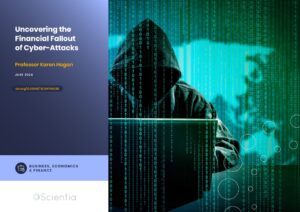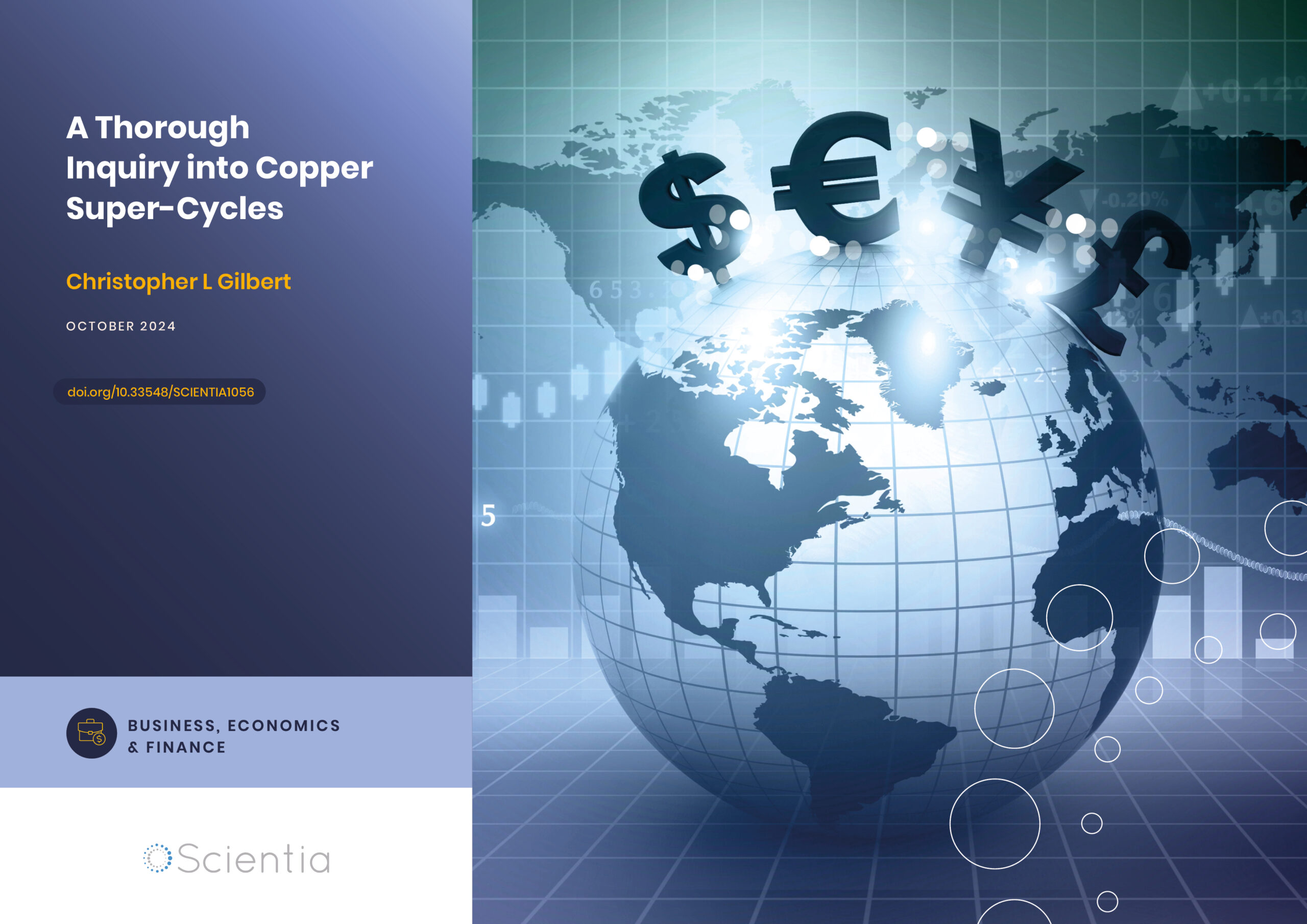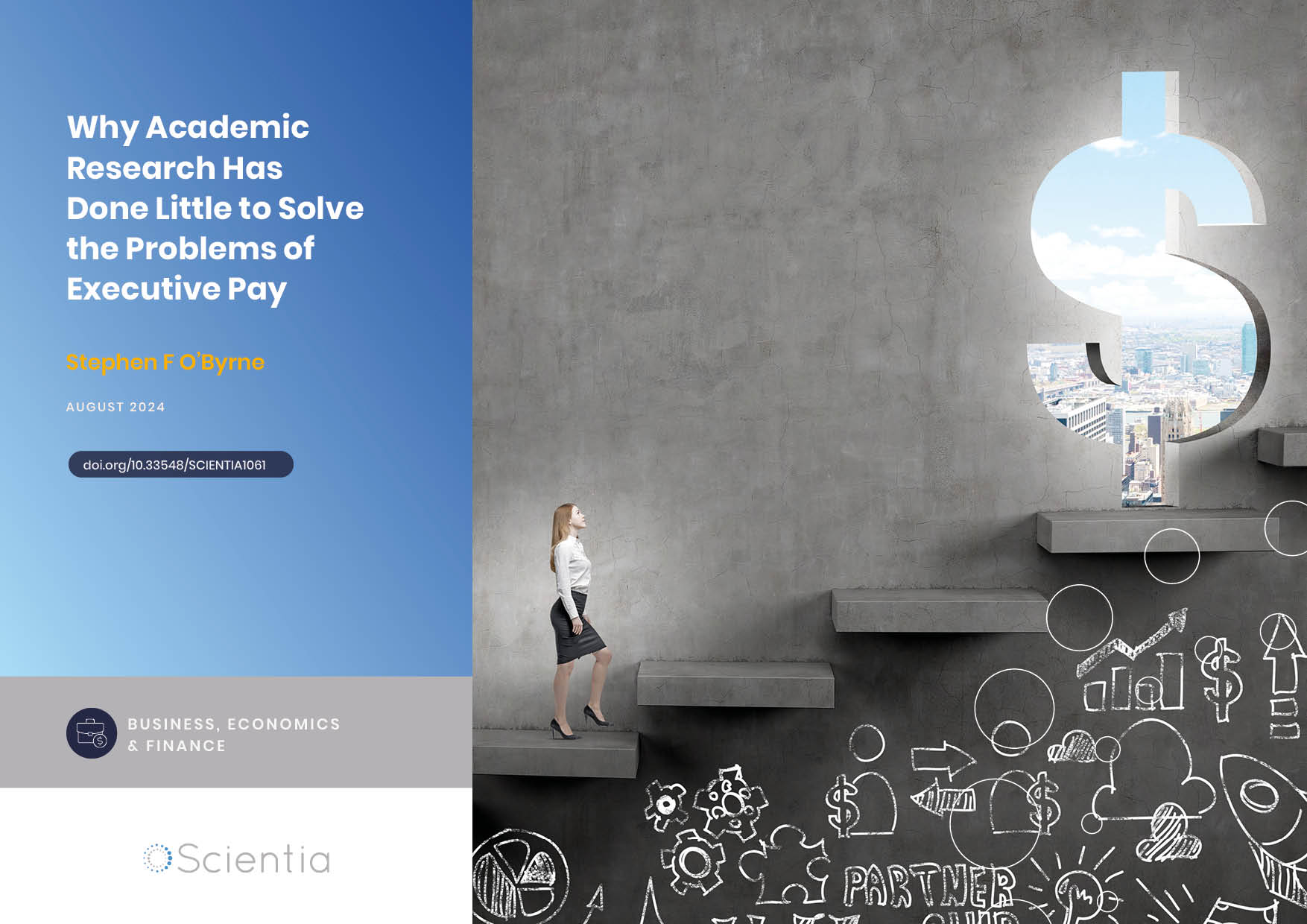Professor Karen Hogan | Uncovering the Financial Fallout of Cyber-Attacks
In our increasingly digital world, cyber-attacks pose a significant threat to corporations with their potential to disrupt operations, damage reputations, and ultimately impact shareholder value. Because these attacks are getting more sophisticated, companies need to protect both their own systems and be aware of what potential threats might exist as a result of doing business with their suppliers and partners. Professor Karen Hogan from Saint Joseph’s University in the USA is an expert on the complex relationship between cyber-attacks and shareholder wealth. Her comprehensive research provides valuable insights into how companies and investors can navigate this treacherous landscape.
An Evolving Threat
Cyber-attacks have emerged as the top concern for companies worldwide, with the potential to cause significant fluctuations in corporate value. And it’s not just a case of attacks increasing – many of these attacks now originate from vulnerabilities in supply chain networks, meaning that a single weak link can have cascading effects across multiple companies.
To illustrate how severe this threat is, Professor Karen Hogan from Saint Joseph’s University in the USA points to the 2013 cyber-attack on Target, one of the largest retailers in the USA. During this attack, hackers gained access to Target’s systems through a vulnerability in the network of one of its suppliers. This gave them access to huge volumes of customer credit card information and personal data. Unsurprisingly, this incident created significant financial losses and reputational damage for Target as a business, and highlights not only the financial consequences of cyber-attacks but also the damage caused by the loss of customer trust.
Unravelling the Financial Impact
To shed light on the financial consequences of cyber-attacks, Professor Hogan and her team conducted an in-depth analysis of cyber data breaches using a proprietary dataset from Advisen Ltd., a leading provider of data and technology solutions for the insurance industry. This unique dataset contained information on nearly 4,000 publicly traded companies that experienced cyber events between 1990 and 2019.
By examining the characteristics of these breaches and the frequency with which they happened, the team aimed to identify patterns and trends to help companies and investors get a better understanding of cyber-attacks and mitigate the risks presented by them.

Industries Under Siege
One of the key findings from the team’s research was that certain industries are more vulnerable to cyber-attacks than others. The service, finance, and retail trade sectors experienced a higher frequency of cyber events compared to other industries. The vast amounts of sensitive customer data that these industries handle make them a very attractive target for cybercriminals.
Using a method called event study analysis, which involves calculating the impact of a certain event on stock prices, Professor Hogan and her colleagues assessed the short-term impact of cyber-attack announcements on stock prices. They found that companies experienced significant negative returns in the days following the disclosure of a cyber-attack. However, the magnitude of these negative returns was smaller compared to earlier studies. The team surmised that this reduction in negative returns might be due to increased awareness, improved communication with stakeholders, and better mitigation strategies.
Interestingly, companies in industries with a higher frequency of cyber events, such as finance, saw larger drops in stock prices compared to those in less frequently targeted industries. This suggests that investors may be more sensitive to cyber risks in these sectors.
Professor Hogan and her colleagues also found that cyber-attacks varied over time and showed periods of increasing and decreasing activity. Criminals tended to focus on specific industries, types of information, access sources, and countries. Popular targets included personal identity details, financial data, and health information. Attacks most commonly occurred via servers, websites, phone communications, and laptops.
Long-term Effects of Cyber-Attacks
Professor Hogan’s team also looked beyond immediate stock price reactions to explore the longer-term consequences of cyber-attacks. One key finding was that companies with a history of more breaches did not necessarily experience a negative impact on sales following a new attack. This could indicate that these companies have developed effective response strategies and are better equipped to handle the fallout from cyber incidents. However, the team did find that companies in the finance industry tended to experience slower sales growth following a breach compared to other industries, emphasizing the importance of industry-specific factors in determining the long-term financial impact of cyber-attacks.

Key Insights for all Stakeholders
The team’s findings will be of great interest to both companies and investors. For companies, the increasing frequency and sophistication of cyber-attacks highlight the need for top-class cybersecurity measures and swift incident response plans. This means not only investing in technical solutions but also fostering a culture of cybersecurity awareness throughout an organization and its entire supply chain. Creating this culture could involve collaborating with suppliers and partners to establish common security standards, conducting regular security audits and assessments, and sharing intelligence on emerging threats.
For investors, the findings highlight the importance of considering a company’s cybersecurity track record and preparedness when making investment decisions. By incorporating these factors into their analysis, investors can better assess the potential risks and returns associated with their investments.
Firm Foundations for Future Digital Defence
Professor Hogan and her team highlight the importance of continued research in this rapidly evolving field. Future studies could explore the effectiveness of specific cybersecurity measures in mitigating the financial impact of attacks or examine how regulatory frameworks and disclosure requirements shape corporate responses to cyber threats.
Along with developing and implementing strategies to protect themselves and their suppliers, companies also need to communicate transparently with investors about their cybersecurity efforts and the potential impact of cyber risk on their business. By demonstrating a proactive and resilient approach to managing cyber risk, companies can build trust with investors and other stakeholders, even in the face of an uncertain and ever-evolving threat landscape.
As cyber-attacks continue to evolve and become more sophisticated, ongoing collaboration between researchers, industry experts, and policymakers is going to be vital for developing new strategies to protect companies and investors from financial repercussions. Professor Hogan and her team have laid the foundation for a deeper understanding of this complex issue, paving the way to a more secure and resilient financial future for companies and investors alike.
SHARE
DOWNLOAD E-BOOK
REFERENCE
https://doi.org/10.33548/SCIENTIA1036
MEET THE RESEARCHER

Professor Karen Hogan
Department of Finance
Haub School of Business
Saint Joseph’s University
Philadelphia, PA
USA
Professor Karen Hogan received her BS in Finance from LaSalle University and her PhD in Business and Economics from Lehigh University. She is the Brian Duperreault Endowed Chair in Risk Management and Insurance and a Full Professor of Finance at Saint Joseph’s University. Professor Hogan’s research focuses on corporate finance, governance, and risk management, with a particular emphasis on the insurance industry and cybersecurity. She champions women in cybersecurity leadership and has published over 40 peer-reviewed journal articles. Professor Hogan has received several awards for her teaching and research, including the Tengelmann Award, the highest honour bestowed by Saint Joseph’s University. She is actively involved in university service and has held leadership positions such as Department Chair and Academic Coordinator for the Executive MBA program.
CONTACT
W: https://directory.sju.edu/karen-hogan
KEY COLLABORATORS
Gerard T Olson, PhD, Villanova University
Jackson D Mills, PhD, University of Alabama
Peter A Zaleski, PhD, Villanova University
FUNDING
Chubb Insurance for funding the Saint Joseph’s University
Brian C. Duperreault ’69 Chair for Risk Management and Insurance Endowment
FURTHER READING
KM Hogan, G Olson, J Mills, P Zeleski, A Comprehensive Analysis of Cyber Data Breaches and Their Resulting Effects on Shareholder Wealth, International Journal of the Economics of Business, 2023, 30(1), 51–78. DOI: 10.1080/13571516.2023.2168994
KM Hogan, GT Olson, Governance and corporate control in the United States, Corporate Law & Governance Review, 2021, 3(2), 41–52. DOI: 10.22495/clgrv3i2p4
KM Hogan, A global comparison of corporate value adjustments to news of cyber-attacks, Journal of Governance & Regulation, 2020, 9(2), 34–44. DOI: 10.22495/jgrv9i2art2
REPUBLISH OUR ARTICLES
We encourage all formats of sharing and republishing of our articles. Whether you want to host on your website, publication or blog, we welcome this. Find out more
Creative Commons Licence (CC BY 4.0)
This work is licensed under a Creative Commons Attribution 4.0 International License. 
What does this mean?
Share: You can copy and redistribute the material in any medium or format
Adapt: You can change, and build upon the material for any purpose, even commercially.
Credit: You must give appropriate credit, provide a link to the license, and indicate if changes were made.
SUBSCRIBE NOW
Follow Us
MORE ARTICLES YOU MAY LIKE
Professor Jean-Philippe Bouchaud | The Inelastic Market Hypothesis: Explaining the Origins of Financial Fluctuations
What drives movements in asset prices? Are markets efficient, with prices reflecting underlying fundamentals, or do uninformed trades impact prices long-term? Professor Jean-Philippe Bouchaud from Capital Fund Management and Académie des Sciences has devoted his career to developing models that can explain the complex dynamics of financial markets. His work provides compelling evidence that order flow itself, rather than just incoming information, is the primary driver of price changes. This finding has important implications for our understanding of markets and the strategies of traders, fund managers and policymakers.
Christopher Gilbert | A Thorough Inquiry into Copper Super-Cycles
Understanding super-cycles is crucial for stakeholders such as investors, policymakers, and industry leaders as it offers insights into long-term trends and dynamics in commodity prices. Christopher Gilbert plays a pivotal role in providing stakeholders with the foresight needed to navigate fluctuations in metal prices and volatile markets confidently.
Dr Britta Holzberg | Stitching Together a Fairer Future: Insights from the Global Garment Industry
The global garment industry spans continents, cultures, and livelihoods. Ensuring decent work for the millions employed in its factories is an urgent concern. Dr Britta Holzberg has worked to unravel this intricate web through in-depth case studies in Egypt and Jordan. Her unique approach sheds new light on the factors shaping labour conditions. By considering the often-overlooked perspectives of supplier factories, Dr Holzberg offers a valuable new way of thinking about working conditions. Her work provides vital insights for academics, policymakers, and industries working to improve labour standards worldwide.
Stephen O’Byrne | Why Academic Research Has Done Little to Solve the Problems of Executive Pay
Competitive target pay is a basic principle of modern executive pay, embraced by corporate directors, compensation consultants and proxy advisors. Providing a high percent of pay in stock (or other incentive pay) is a second basic principle of modern executive pay. But when companies follow both of these principles, the result is a low correlation of cumulative pay and cumulative performance; in other words, little pay for performance. The fundamental problem is that translating target dollar pay into shares without adjusting for performance creates a systematic ‘performance penalty’. Poor performance – a declining stock price – is rewarded with more shares to provide target dollar pay, while good performance – a rising stock price – is penalised with a reduction in shares to keep from exceeding target dollar pay.





